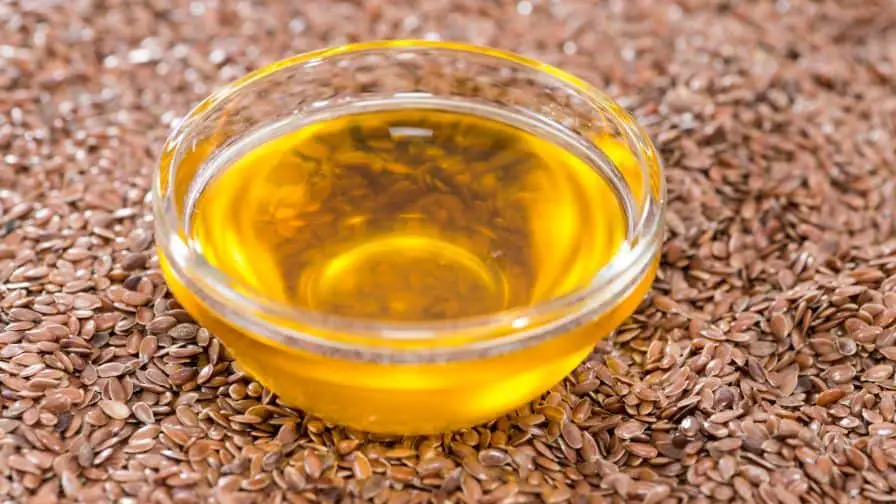
If you’ve ever used boiled linseed oil or BLO to finish a piece of wood, you may have wondered if you can paint over it. The answer is yes – you can paint over BLO with no problems. We’ll discuss the reasons why you might want to do this in this blog post, and how to go about it.
What Is Boiled Linseed Oil, And What Are Its Benefits
Boiled linseed oil or BLO is a product made from flax seeds. It’s safe to use around food, and it’s water resistant, eco-friendly, and elastic. You can use it to condition wood or leather, and it can give a smoother finish and enhance the appearance of wood. It can also hide scratches and dents.
Can You Paint Over Boiled Linseed Oil?
You’ve decided to take the plunge and paint your woodwork. But there’s one hitch: it’s been treated with boiled linseed oil. Can you paint over BLO?
The short answer is yes, it is possible to paint over BLO. It is a natural product that dries to a hard, protective finish. It’s often used on woodwork and furniture, and it’s also used as a metal primer.
The oil will act as a primer and will help the paint adhere to the surface. It will also provide a barrier against moisture and stains. However, you should only use a thin layer of BLO, as too much can make it difficult to apply. You should also allow the oil to dry completely before painting over it.
How To Go About Painting Over Boiled Linseed Oil
Subscribe to ottossonfargeng
It is possible to paint over BLO, but there are a few things you need to do first in order to ensure that the paint will adhere properly.
Before you start painting, you’ll need to remove the existing finish from the surface. This can be done with a stripper or sandpaper. Once the surface is completely bare, wipe it down using a damp cloth to remove dust and debris.
Once the surface is prepared, you can start painting. Be sure to use a primer designed for use with oil-based paints. Apply the primer according to the manufacturer’s instructions, and then paint as usual.
Keep in mind that painted surfaces that have been treated with it will need to be re-painted more often than those that haven’t. This is because the oil will eventually cause the paint to peel and flake off. However, if you take proper care of the surface, you can minimize this problem. Regular cleaning and re-painting as needed should help keep your surfaces looking great for years to come.
What Are The Potential Problems With Doing This
You might be surprised to learn that you can paint over BLO. This is a finish that’s often used on wood, and it can provide a beautiful, natural look. But there are some things you need to know before you start painting over BLO.
First of all, it’s important to understand that it is a drying oil. That means that it will slowly harden and cure over time. It’s this curing process that can cause problems when you try to paint over it.
The main problem is that the curing process can cause the paint to crack and peel. That’s because the paint can’t adhere properly to the surface if the surface is constantly changing. The other problem is that it can make the paint yellow and brittle over time.
So, if you’re going to paint over BLO, it’s important to use paint that’s designed for use on oil-based surfaces. You should also be sure to properly prepare the surface before you start painting.
If you don’t do these things, you’ll probably end up with a paint job that doesn’t look very good and won’t last very long. But if you take the time to do things right, you can get a great-looking finish that will last for years.
Some Tips On Painting Over Boiled Linseed Oil
If you’re planning on painting over BLO, there are a few things you should keep in mind. First of all, Boiled Linseed Oil (BLO) is not a paint primer. It’s actually a finish that is oil-based and had been air-treated to make it thicker and more durable. That said, it can still be used as a primer under certain circumstances. Here are a few tips you can try to help you get your desired results:
- It will darken over time. If you’re painting over BLO that’s already been applied to a surface, keep in mind that it will continue to darken as it ages. This can impact the final color of your paint job, so be sure to test a sample first.
- It can be tricky to work with. Because it’s a finish that is oil-based, it can be difficult to apply in an even manner. If you’re not careful, you may end up with brush strokes or other imperfections in your paint job. It’s important to take your time and work slowly to ensure a smooth finish.
- It can be toxic. When heated, BLO emits fumes that can be harmful to your health. Always work in a well-ventilated area and wear a respirator or other protective gear when working with this product.
There you have it! These are just some of the things you need to keep in mind when planning on painting over BLO. With a little care and attention, you can achieve a beautiful, professional-looking paint job.



